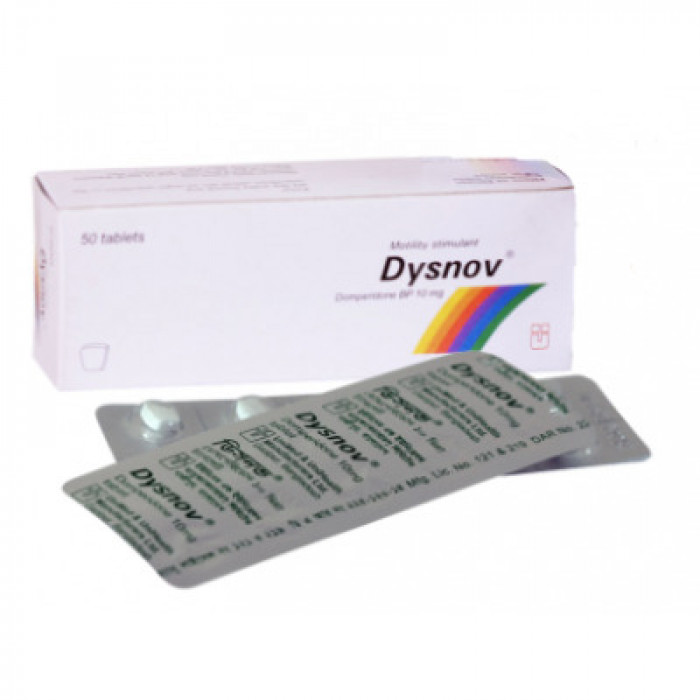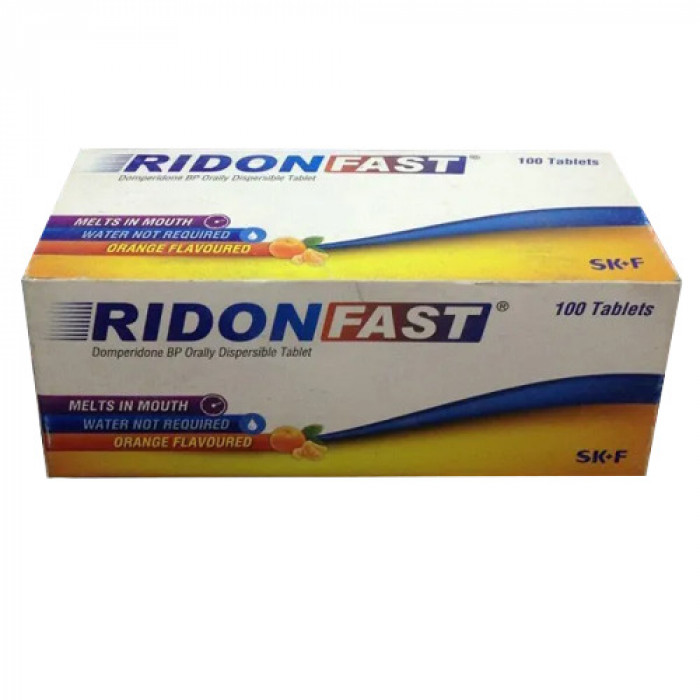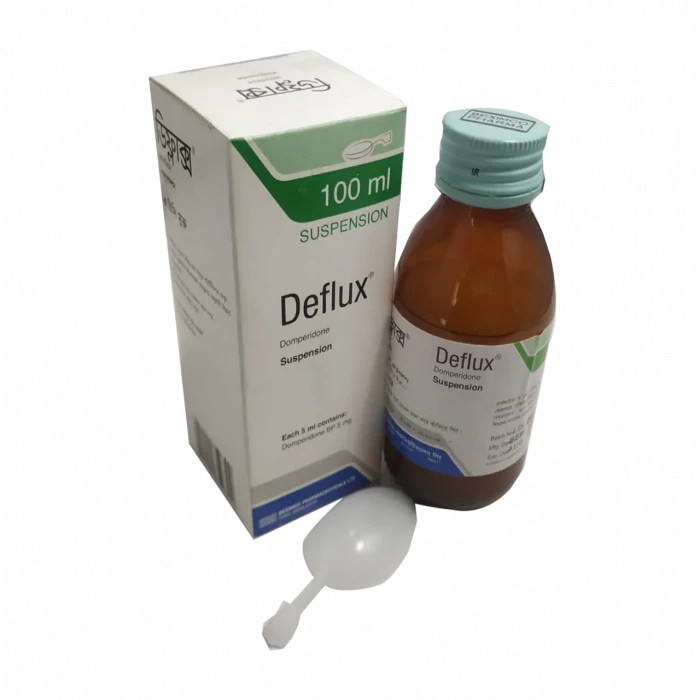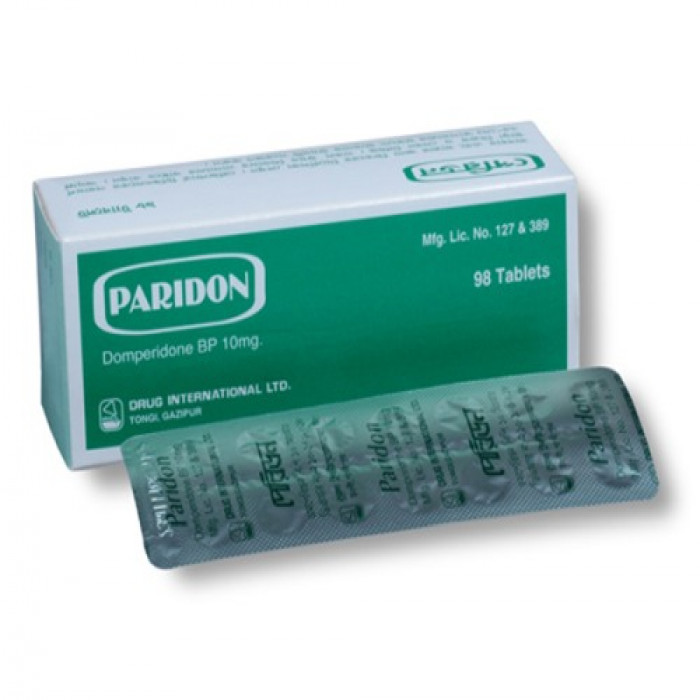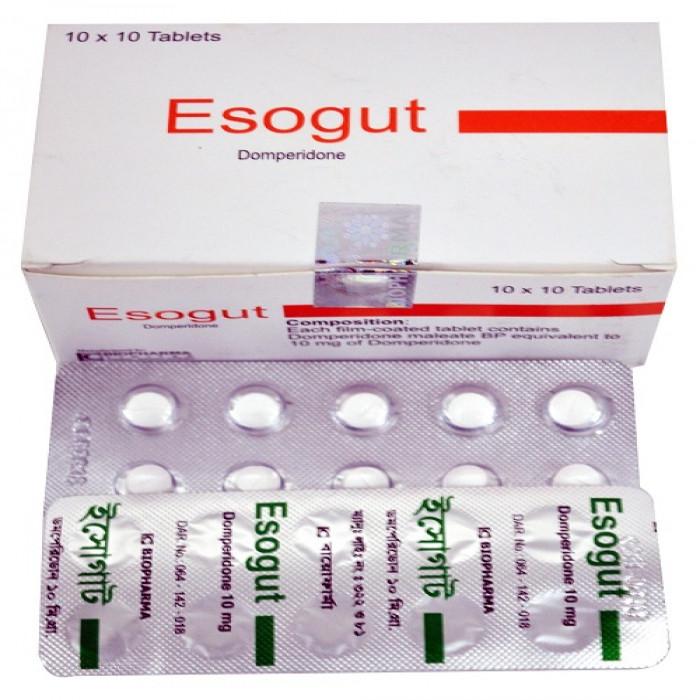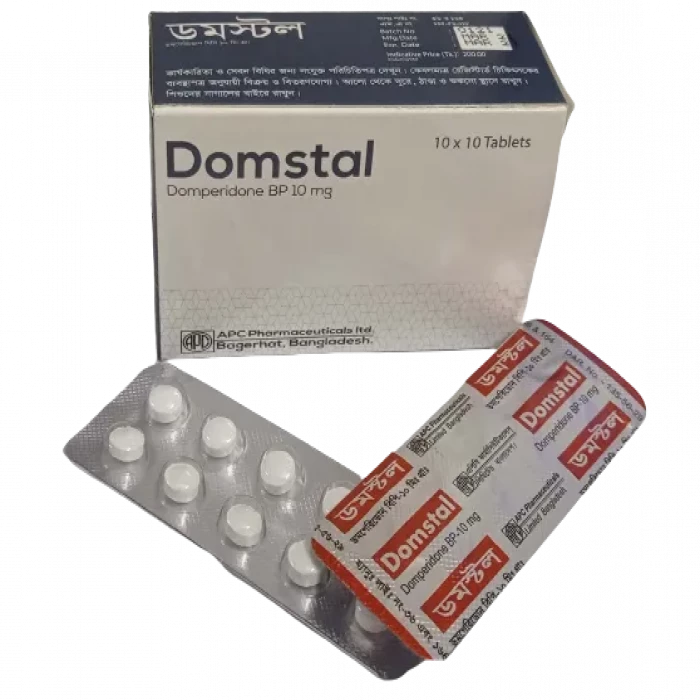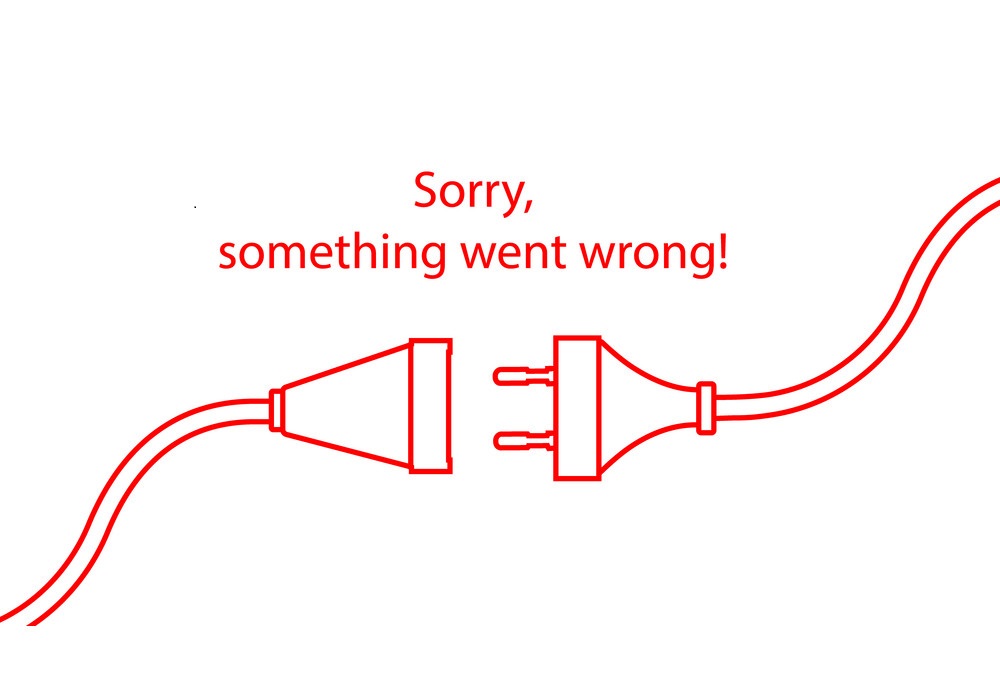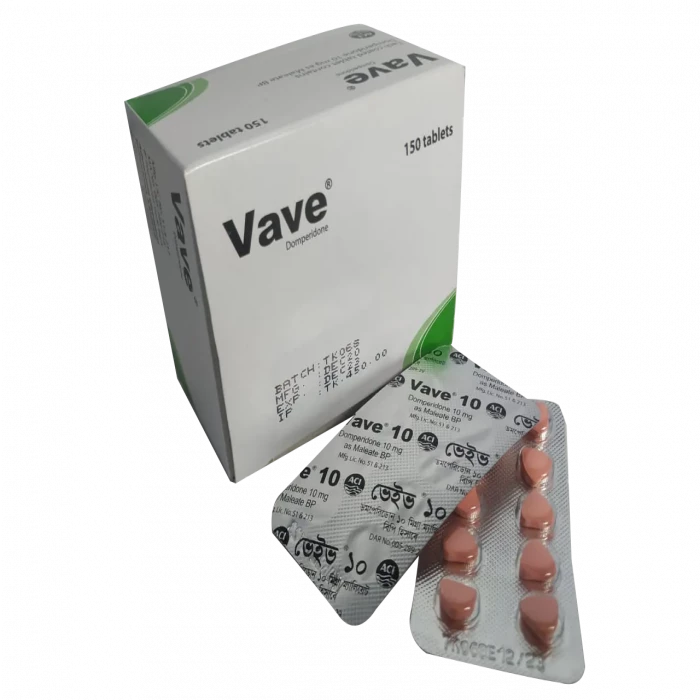
✔ 100% Authentic Product
👁️ Currently Viewing 919
100% Genuine Products, Guaranteed
Safe & Secure Payments, Always
Fast, Secure & Efficient Delivery
Proper Packaging
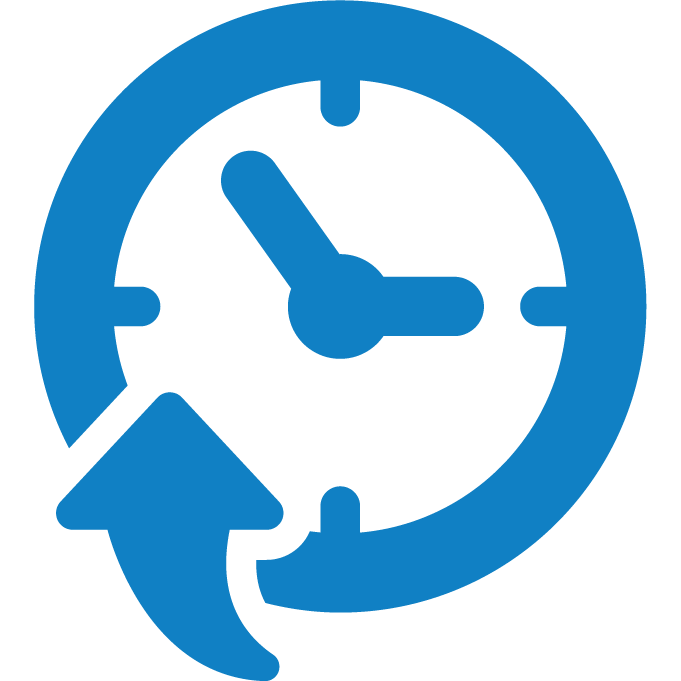 Cash on Delivery - All over Bangladesh
Cash on Delivery - All over Bangladesh Regular Delivery - 12-24 Hours, Dhaka City*
Regular Delivery - 12-24 Hours, Dhaka City* Regular Delivery - 24-48 Hours, All Over Bangladesh*
Regular Delivery - 24-48 Hours, All Over Bangladesh* ফ্রি ডেলিভারিঃ - ৯৯৯ টাকা+ অর্ডারে, ঢাকা
শহরে
ফ্রি ডেলিভারিঃ - ৯৯৯ টাকা+ অর্ডারে, ঢাকা
শহরে ফ্রি ডেলিভারিঃ - ২৯৯৯ টাকা+ অর্ডারে, ঢাকার
বাহিরে
ফ্রি ডেলিভারিঃ - ২৯৯৯ টাকা+ অর্ডারে, ঢাকার
বাহিরে
✅ Description:
Indications of Vave 10 mg Tablet
Delayed stomach emptying, gastroesophageal reflux, and esophagitis are all symptoms of the dyspeptic symptom complex.
- Upper abdominal pain, the feeling of abdominal distension, and epigastric fullness
- Eructation, flatulence, and early satiety are all symptoms of early satiety.
- Nausea and vomiting are common side effects.
- Regurgitation of stomach contents into the mouth, with or without heartburn.
- Dyspepsia without ulcers.
Acute nausea and vomiting of functional, organic, infectious, or dietetic origin, as well as nausea and vomiting generated by radiotherapy or pharmacological therapy, and nausea and vomiting induced in migraine.
Dopamine agonist-induced nausea and vomiting in Parkinson's disease. Increasing the speed of barium transit in follow-up radiological tests.
Pharmaceutical Name
Pharmacology
Domperidone is a dopamine agonist that works by blocking dopamine receptors in the chemoreceptor trigger Zone (CTZ) in the stomach. Its gastroprokinetic function is based on the inhibition of dopamine receptors in the gastrointestinal tract, which impacts motility. Domperidone has essentially no effect on dopaminergic receptors in the brain due to its poor penetration across the blood-brain barrier, hence avoiding psychotropic and neurologic adverse effects. Domperidone restores normal upper gastrointestinal motility and tone, aids gastric emptying, and improves antral and esophageal motility.
Dosage & Administration
Vave 10 mg tablet should be given 15-30 minutes before meals and before bedtime, if necessary.
Adults: 10-20 mg (1-2 pill or 10-20 ml solution) every 6-8 hours is the normal recommended oral dose of Domperidone. Domperidone's maximum daily intake is 80 mg.
Children: every 6-8 hours, 2-4 ml suspension/10 kg body weight or 0.4-0.8 ml pediatric drops/10 kg body weight.
Adults: 10-20 mg (1-2 pill or 10-20 ml suspension) every 6-8 hours for dyspeptic symptoms.
Adults: 20 mg (2 tablets or 20 ml suspension), every 6-8 hours daily Children: 0.2-0.4 mg/kg body weight (2-4 ml suspension/10 kg or 0.4-0.8 ml pediatric drops/10 kg) body weight, every 6-8 hours daily (The maximal treatment length for severe nausea and vomiting is 12 weeks.)
Adults (including the elderly): 30-60 mg every 4-8 hours through rectum in suppositories.
Children: The maximum daily dose rectally for children weighing 10 to 25 kg is 30 mg. If necessary, the dose can be distributed throughout the day.
The maximum treatment time is 12 weeks.
Interaction of Vave 10
Bromocriptine's hypoprolactemic impact may be reduced by domperidone. Antimuscarinics and opioid analgesics may counteract Vave 10 mg tablet's effect on Gl function. When domperidone is used with MAO (monoamine oxidase) inhibitors, caution should be exercised.
Contraindications
Vave 10 mg may diminish bromocriptine's hypoprolactemic effect. Domperidone's influence on Gl function may be countered by antimuscarinics and opiate analgesics. When combined with MAO (monoamine oxidase) inhibitors, domperidone should be used with caution.
Side Effects of Vave 10
Vave 10 mg can cause hyperprolactinemia (1.3%), which can cause galactorrhea, breast enlargement, discomfort, and a decrease in libido. During domperidone treatment, dry mouth (1 percent), thirst, headache (1.2 percent), nervousness, drowsiness (0.4 percent), diarrhea (0.2 percent), skin rash, and itching (0.1 percent) are all possible side effects. Clinical investigations show that extrapyramidal responses occur in 0.05 percent of patients.
Pregnancy & Lactation
Because the safety of domperidone has not been established, it is not recommended for use during pregnancy. The teratogenic effect in the fetus has not been shown in animal research. Vave 10 mg can help with galactorrhea and postpartum lactation. It's secreted in breast milk, but in such small amounts that it's not considered dangerous.
Precautions & Warnings
Vave 10 mg should be used with extreme caution in children due to an elevated risk of extrapyramidal effects due to an incompletely established blood-brain barrier in young children. Vave 10 mg should be taken with caution in patients with a hepatic impairment since it is highly metabolized in the liver.
Therapeutic Class
Motility Stimulants, Motility stimulants/Dopamine antagonist, Prokinetic drugs
Storage Conditions
Store at or below 30°C, away from light and moisture. Keep out of reach of youngsters.
⚠️Disclaimer:
At ePharma, we’re committed to providing accurate and accessible health information. However, all content is intended for informational purposes only and should not replace medical advice from a qualified physician. Please consult your healthcare provider for personalized guidance. We aim to support, not substitute, the doctor-patient relationship.





